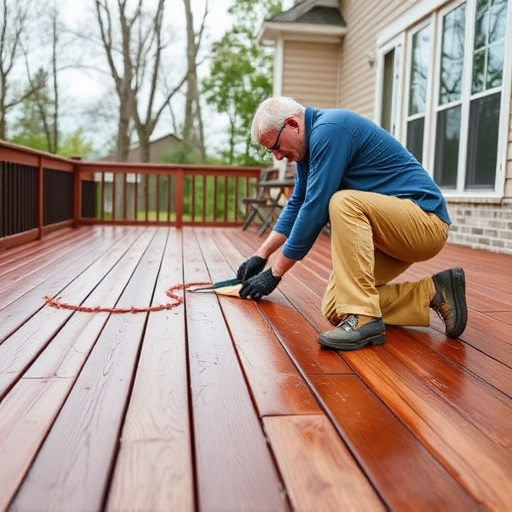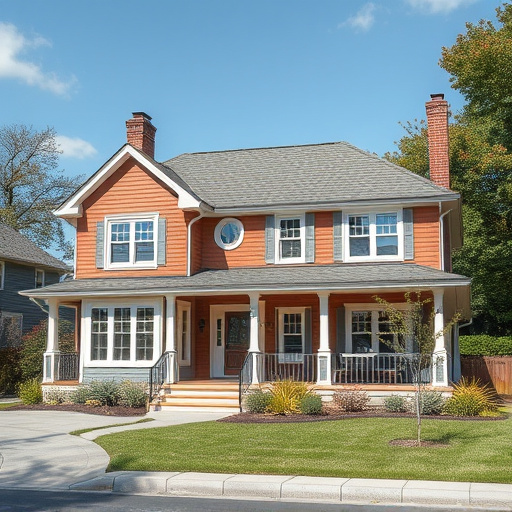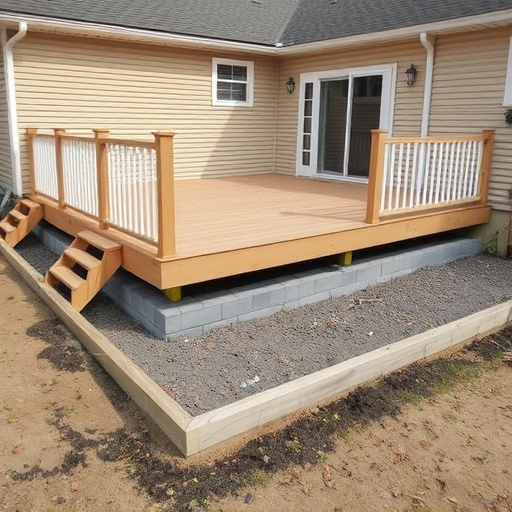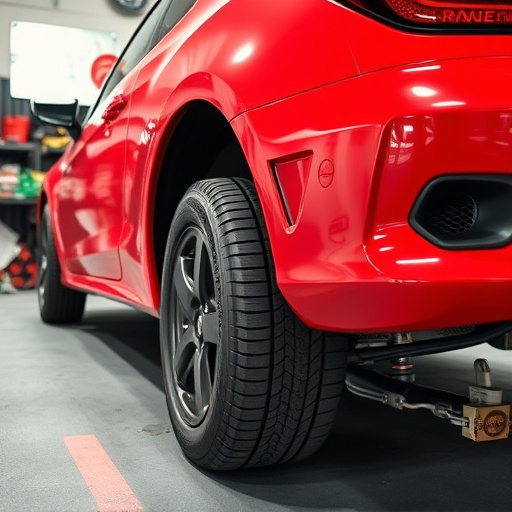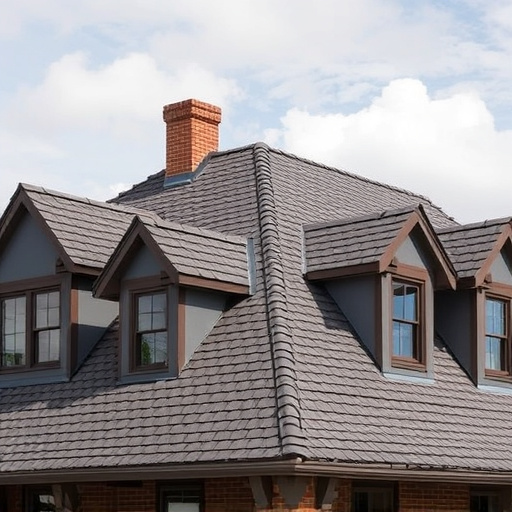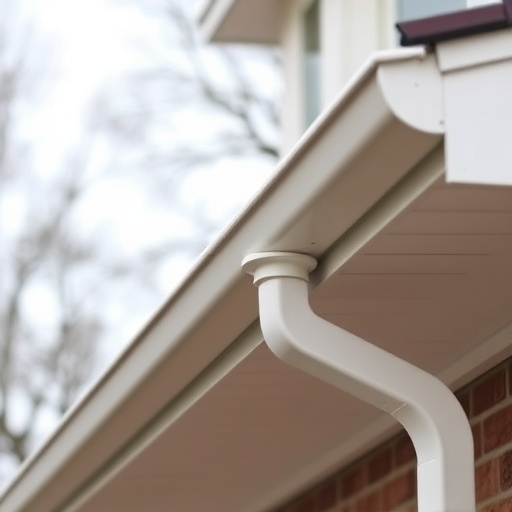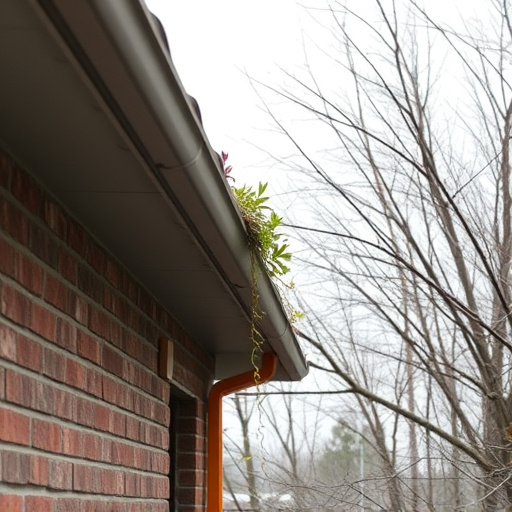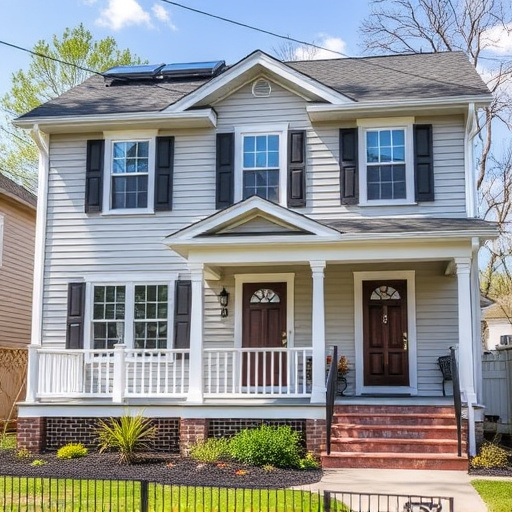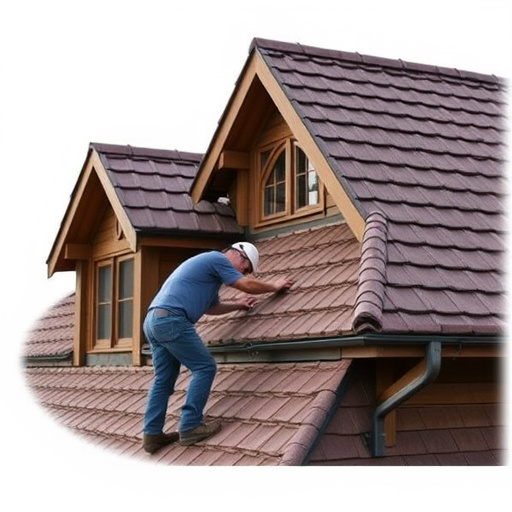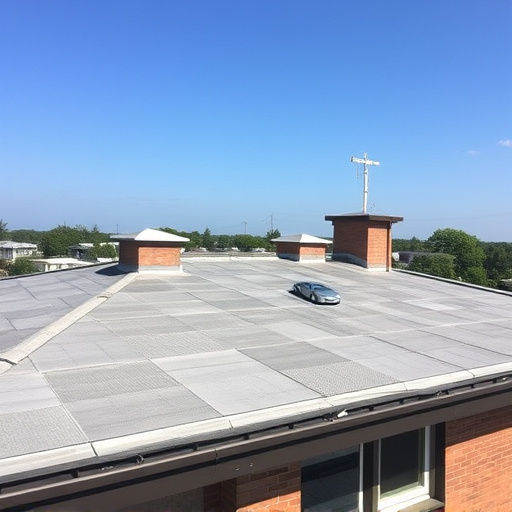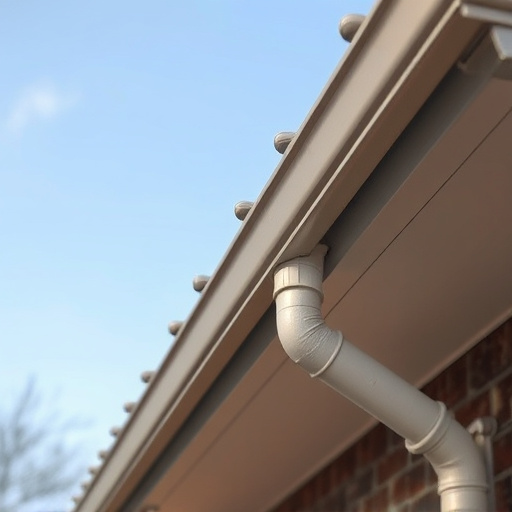Regularly inspecting wood siding (both for homes and commercial properties) is key to maintaining its appearance and structural integrity. Conduct seasonal assessments for early signs of rot, cracking, or warping caused by moisture, storms, or high humidity. Use binoculars or ladders to reach hard-to-access areas and look for color changes or mold growth. Prompt action on issues like loose boards, peeling paint, and visible damage prevents significant water damage and ensures the longevity of your wood siding.
Ensure your home’s exterior looks its best and remains durable with a seasonal inspection of your wood siding. This comprehensive checklist guides you through assessing the condition of your siding, identifying common signs of damage or decay, and detecting water damage. Learn prevention strategies like cleaning, sealing, and painting techniques to maintain its integrity. Discover essential safety measures and tools required for a successful inspection and maintenance routine, keeping your wood siding in top form year-round.
Assessing Wood Siding Condition
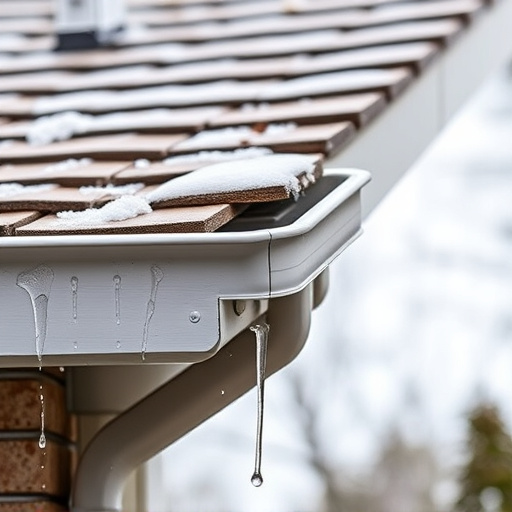
Regularly assessing the condition of your wood siding is an integral part of maintaining the exterior of your home. It’s a crucial step in ensuring the longevity and aesthetic appeal of your wood siding, which serves as the first line of defense against harsh weather conditions and environmental elements. By conducting a seasonal inspection, you can catch any potential issues early on, preventing minor problems from escalating into major repairs.
During your assessment, look for signs of rot, peeling, cracking, or warping. These are indicators that your wood siding may be suffering from moisture damage, especially if there has been recent storm activity or high humidity levels. Storm damage repair might be necessary if strong winds have caused any siding to become loose or detached. Keep in mind that a home service solution for addressing these issues can provide expert advice and repairs, ensuring your wood siding is restored to its best condition.
– Visual Inspection Tips
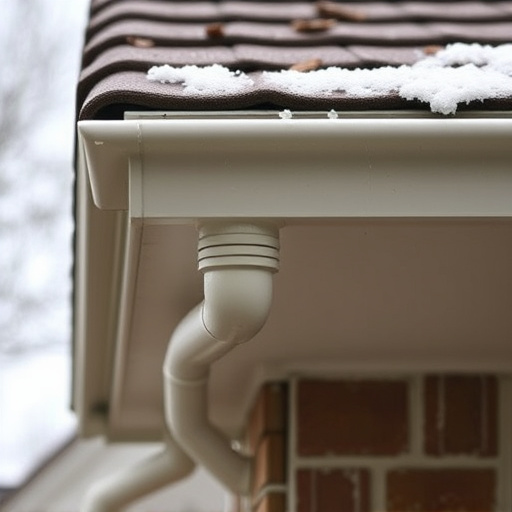
When performing a seasonal inspection of your wood siding exterior, the first step is to conduct a thorough visual check. Start by inspecting the overall condition of the siding—look for any signs of damage, such as cracks, rot, or peeling. These issues can be more pronounced in colder months when wood contracts and expands, so take note of any unusual stress points. Check for loose boards, as well, which could indicate larger problems with structural integrity. Pay close attention to corners and edges, where moisture often collects, leading to deterioration over time.
For a comprehensive evaluation, use a pair of binoculars or a ladder (if necessary) to scrutinize hard-to-reach areas. Look for variations in color or texture that might point to hidden moisture intrusion or pest infestations. Also, check for any signs of mold or mildew growth, as these can not only compromise the aesthetics of your wood siding but also pose health risks. Regularly cleaning and sealing your residential or commercial siding will help preserve its beauty and longevity, ensuring that exterior home improvements remain in top shape through all seasons.
– Common Signs of Damage or Decay
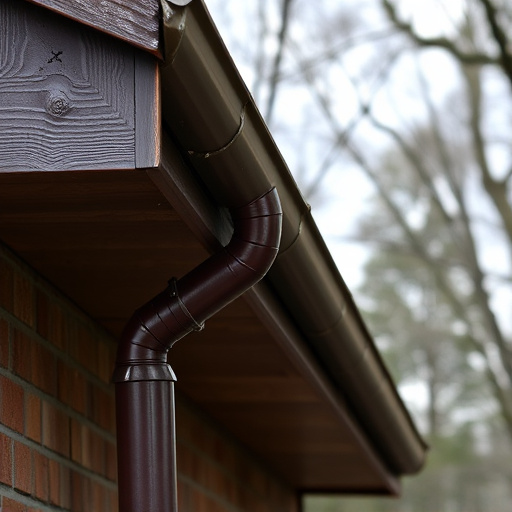
Regularly inspecting your wood siding is an essential part of maintaining your exterior home improvements and preventing significant damage. Common signs of decay or harm can often go unnoticed, especially in areas obscured by overgrowth or shadows. Look for any visible cracks, splits, or warping in the boards. These could be indications of structural issues caused by moisture intrusion, which is a frequent culprit behind wood siding deterioration. Rotting or softening wood is another clear sign that requires immediate attention.
Moreover, keep an eye out for loose or missing siding panels, especially around corners and edges where it’s more vulnerable to impact. Peeling, blistering, or blistered paint can also suggest underlying problems, as water damage often leads to paint failure. In commercial roofing or residential properties alike, regular checks for these issues will help ensure the longevity of your wood siding and maintain its aesthetic appeal.
A seasonal inspection of your home’s wood siding is a crucial step in maintaining its beauty and integrity. By regularly assessing the condition of your exterior, you can catch potential issues early on, preventing costly repairs. Remember to look for common signs of damage or decay, such as cracks, rot, or warping, during your visual inspection. With proper care and timely attention, your wood siding will continue to enhance your home’s curb appeal for years to come.
